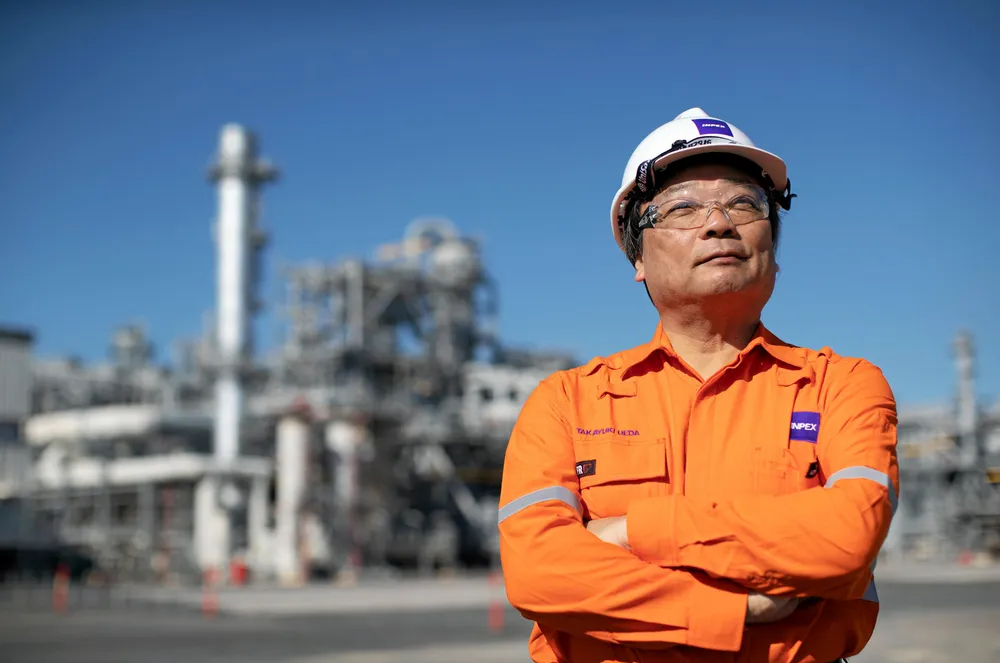New blue hydrogen project in Japan to be used for enhanced gas recovery
Island nation's biggest oil & gas company, Inpex, takes final investment decision on demonstration facility

Island nation's biggest oil & gas company, Inpex, takes final investment decision on demonstration facility
